Oftentimes when you hear someone describing the process of evolution they will say something like “We evolved from the Animals”. Sort of making it sound as if the whole purpose of evolution was to get to us so that now that we’re here evolution is over!
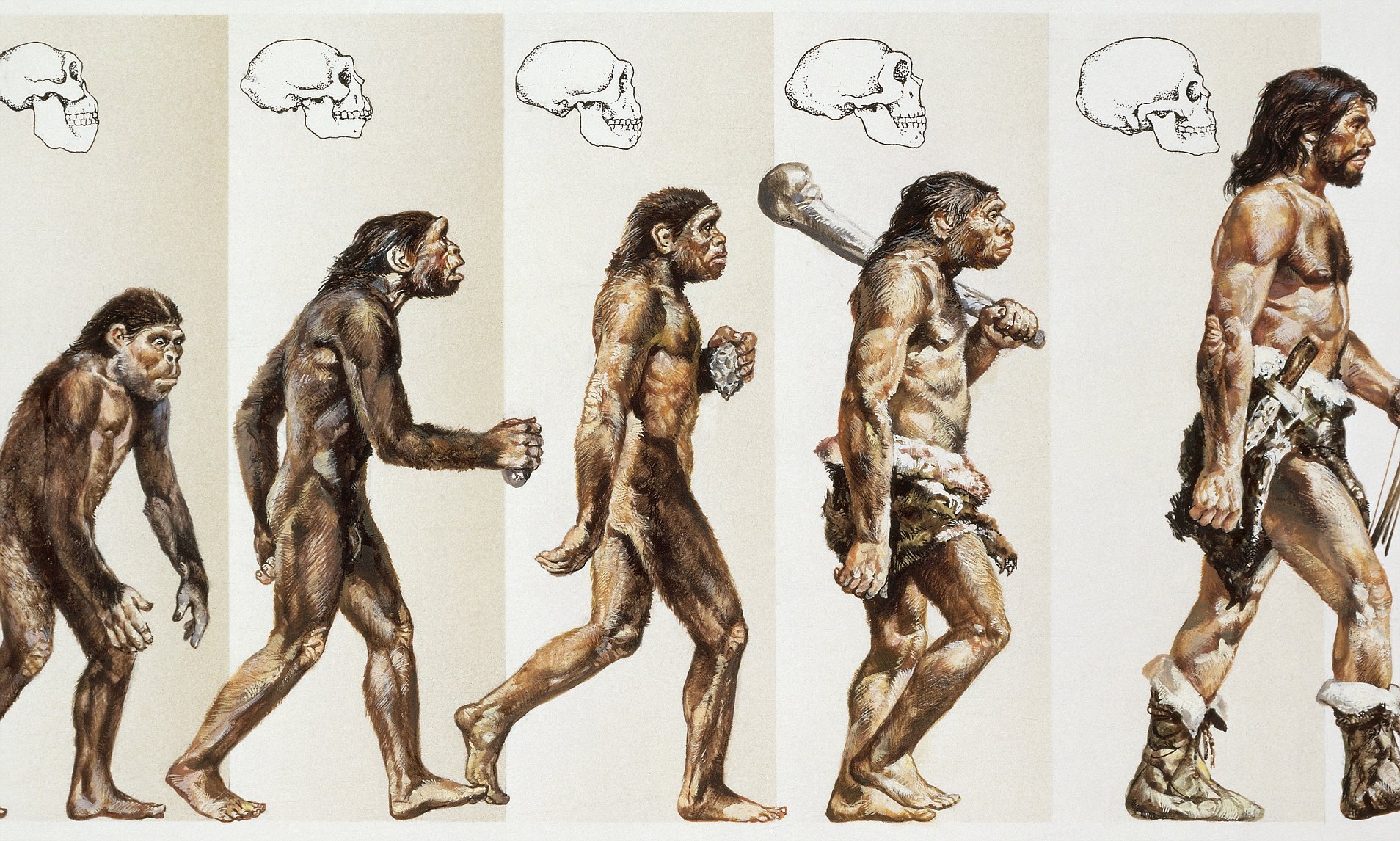
O’k maybe that’s a bit of an exaggeration but in general we humans don’t think of evolution as something that’s still going on inside of us. Well a new study by Doctor Jaliya Kumaratilake of the University of Adelaide along with Professor Maciej Henneberg and Dr. Teghan Lucas at Flinders University has detailed an anatomic change in the bodies of a large section of the population over the last 150 years. The study, which was published in the ‘Journal of Anatomy’, concerns the arteries that supply blood to our forearms.
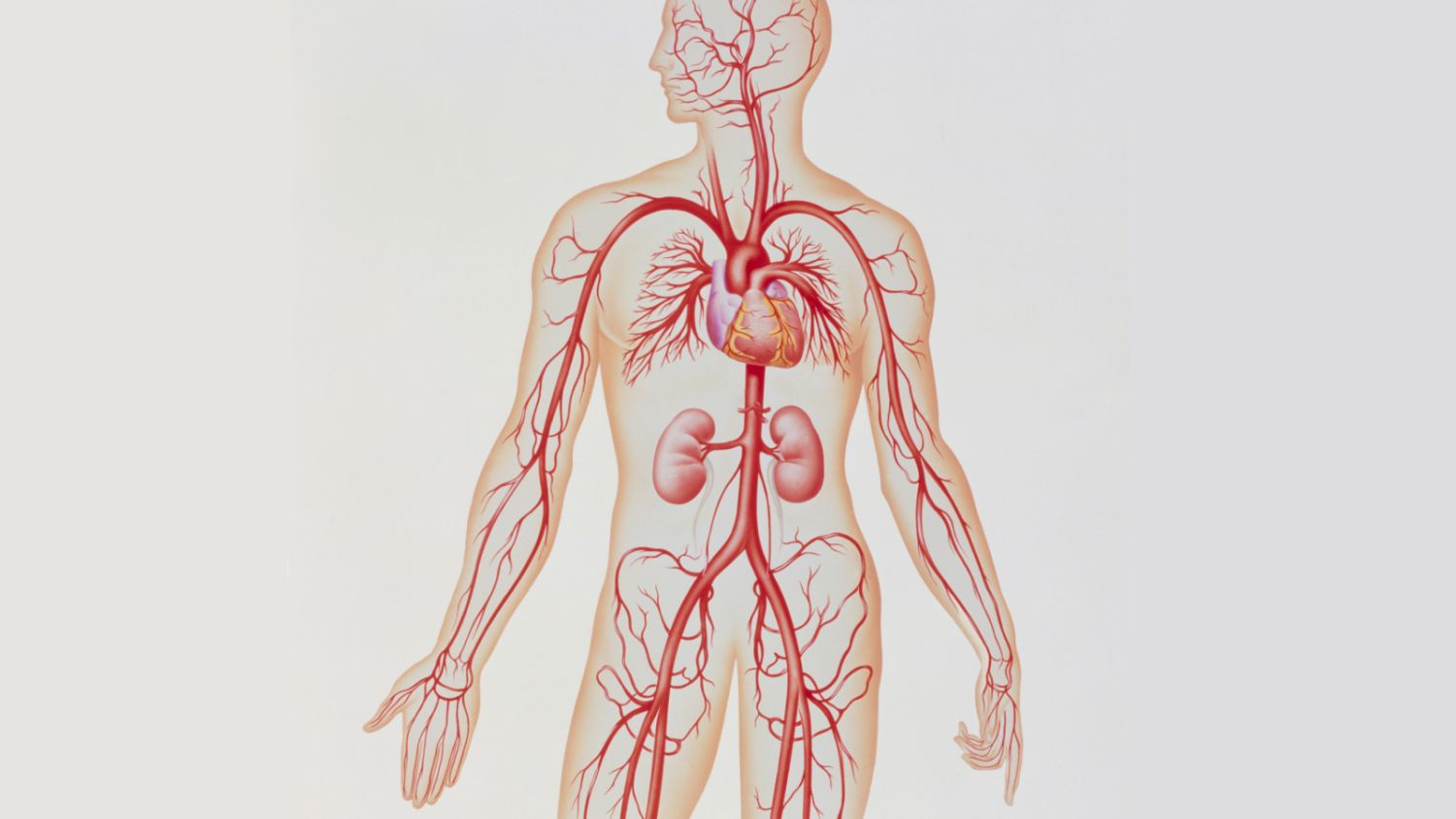
Let me back up a bit and explain. You see when our forearms first begin to develop as a fetus in our mother’s womb they are each supplied with blood by a single artery known as the median artery. As our forearms become more fully developed two other arteries grow, one on each side of the median artery known as the radial and ulnar arteries and as those arteries mature the median artery disappears, in most people.
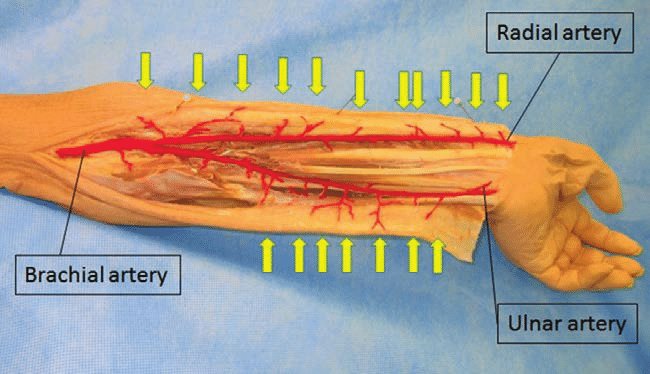
In fact when Kumaratilake, Henneberg and Lucas examined autopsies and other records dating from the 1880s they found that back then approximately only 10% of adults still possessed their median artery. Going forward in time the researchers found that the percentage of adults who kept their median artery increased until at present over 30% of the population now has three functioning arteries in each forearm.
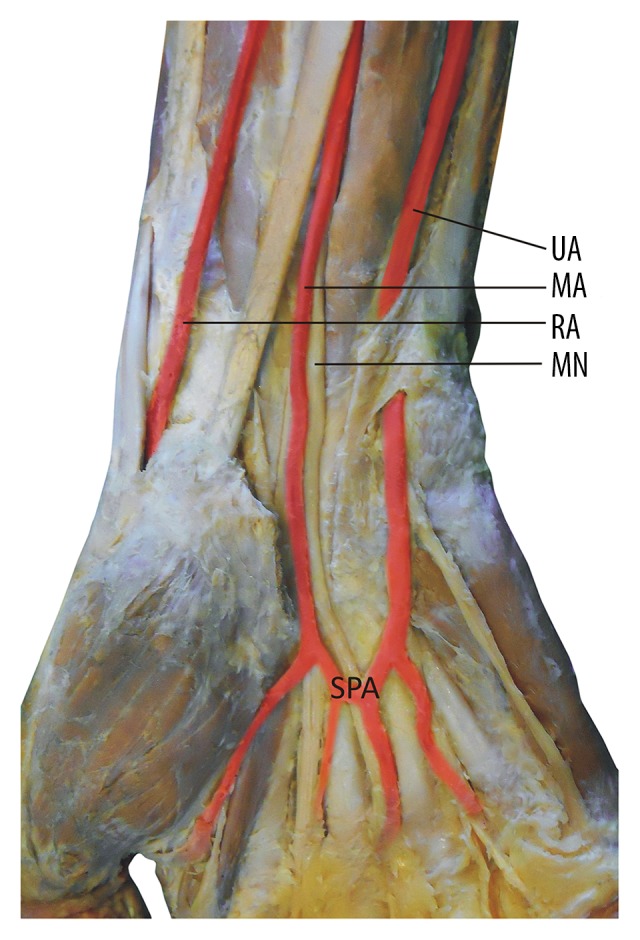
That’s a significant evolutionary shift in a population for such a short period of time. According to Doctor Lucas, “If this trend continues, a majority of people will have median artery of the forearm by 2100.” Professor Henneberg meanwhile points out the benefits of having a third artery in increasing blood flow to the arm.
The median artery is actually not the only evolutionary change that medical professionals have noticed taking place in the human body. One that may surprise you is a reduction in the number of people suffering from impacted wisdom teeth.
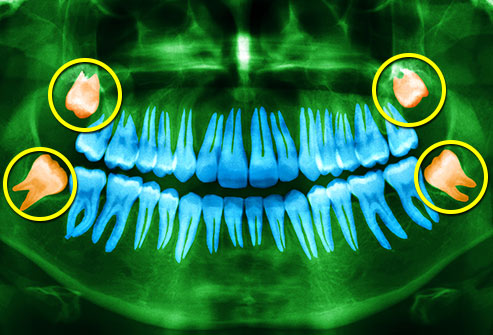
Wisdom teeth, or technically third molars are the last teeth to appear in the human mouth, typically erupting somewhere during the late teens to early twenties. It is the opinion of most evolutionary biologists that our ancestors developed the third molar in order to help deal with the rougher, courser food in their diet.
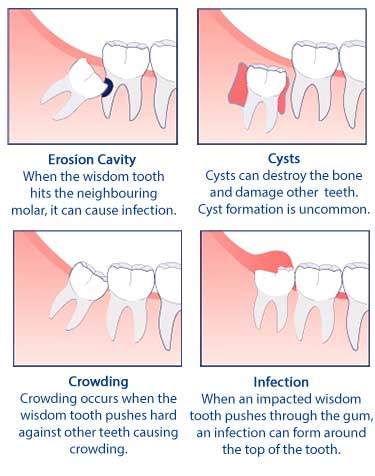
Whether because of a lack of space or because the third molar comes in sideways wisdom teeth often butt up against the second molar, technically known as being impacted. Such impacted molars can lead to tooth decay and cause a great deal of pain. Because of these problems third molars are often removed by oral surgery.
Over the last 50 or so years however dentists and dental hygienists have noticed a small but still noticeable decline in the number of people having wisdom teeth at all. I for one never had them. This is considered to be another sign of continuing evolution in the human body. In fact geneticists have even identified two genes, PAX9 and MSX1 that pay a role in whether or not a person develops those pesky third molars.
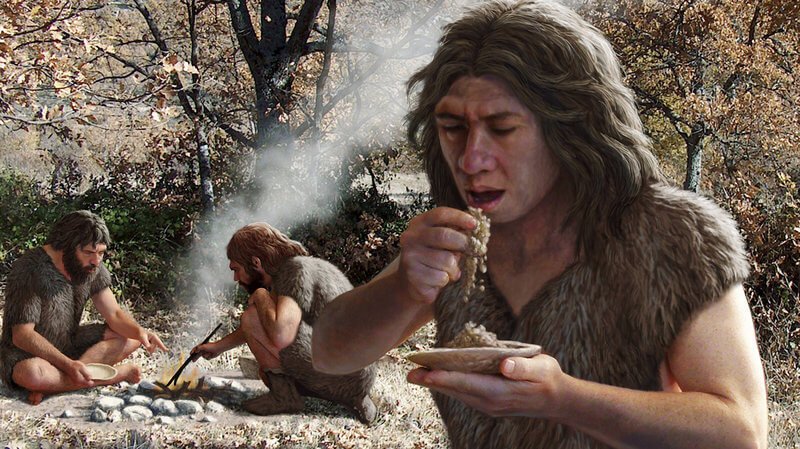
Interesting thing is, until about 300 years ago while more people may have had wisdom teeth very few suffered from them. It’s our modern diet of soft sugary foods that made wisdom teeth a problem in the first place and so it may be that natural selection is actually reacting to a problem that we ourselves have caused!

Time never stands still, and evolution is simply the changes that occur to living creatures as the conditions in which they live change. It’s not surprising therefore that evolution hasn’t finished with us yet!
